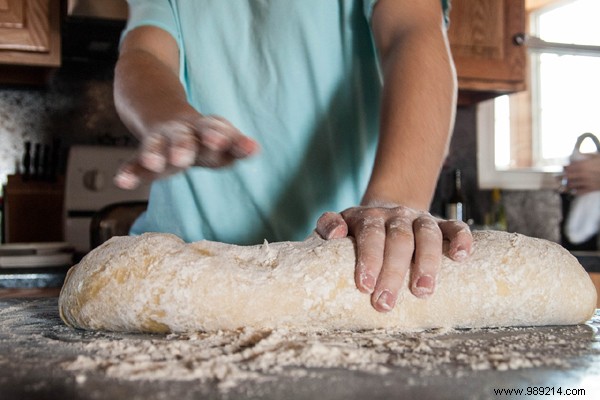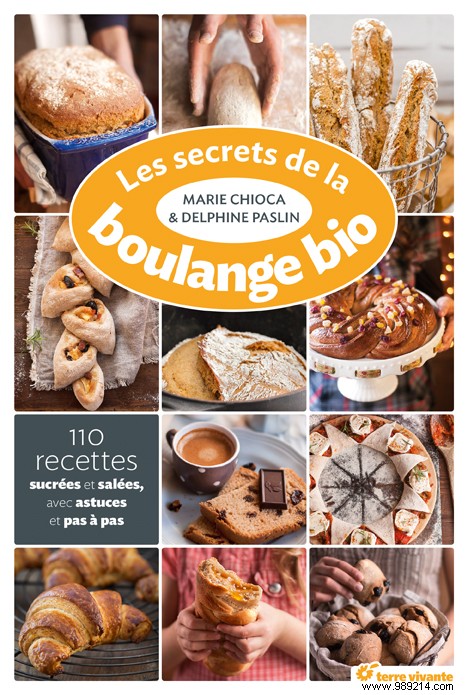
Baking bread has now become very trendy, but more than a fad, it's also a way to further affirm your desire to eat well. The vogue for bread machines a few years ago kicked off the resurgence of interest in homemade bread. And then, the increase in people who follow "gluten-free" has further reinforced this phenomenon.
Truth be told, there is nothing more basic than bread since it normally contains only flour, water, salt and yeast or sourdough. Except that today, when you go to buy bread, it certainly contains many additives such as gluten, malted wheat flour, ascorbic acid (E300), lecithin (E322), calcium stearyllactate (E482 ), propionates (E280-283), etc... This is true for baguettes bought in supermarkets but also in many bakeries which buy their bags of flour in which the additives are already amalgamated in order to be able to produce standard baguettes that comply with the brand Banette, Festival, Baguépi, Campaillette... All this is explained by wheat which has less and less baking quality, so it has to be "boosted", and then by a desire to save time on bread-making which normally requires attention.
To be sure to have bread (almost) without additives, you can choose "French Tradition bread" created by the decree of September 13, 1993, which obliges bakers to put only the basic ingredients (flour of wheat, water, salt, yeast and/or sourdough) and only 3 adjuvants (bean flour, soy flour, wheat malt flour) to which we have agreed to add more gluten and fungal amylases...
It remains to choose between bread containing yeast or leaven because the first, industrial, causes a rapid alcoholic fermentation while the second, natural, gives a longer lactic fermentation. Sourdough comes from the fermentation of flour to which water has been added:a culture of yeast and lactic bacteria will thus develop. Besides the fact that sourdough bread is more digestible, it keeps better and tastes tastier.

You don't need to go any further to understand that more and more people want to eat healthier bread:to do this, you have no choice but to get your hands dirty!
You can vary the pleasures of bread by changing the type of flour for each batch of bread you make:wheat, spelled, small spelled, rye, barley, gluten-free, or even a mix of different flours. The refining of the flour or bolting (T45, T110, etc.) will also modify your bread, as well as the more or less chlorinated water, more or less hard, or even the salt, neither too little nor in excess. And then, of course, if you start making your own bread, you will learn how to use sourdough, how to make it:it would be a shame to use baking powder!
To help you in this adventure, a book stands out as a precious help:"Les secrets de la boulange bio" by Marie Chioca and Delphine Paslin , both cooks and food photographers, particularly interested in organic (Éditions Living Earth - Collection Expert Advice - €22). You will find not only more than a hundred recipes for breads, pastries, pizzas and other savory and sweet bakery specialties, with or without gluten, but also a wealth of explanations on the ingredients and manufacturing secrets, with or without a bread machine.